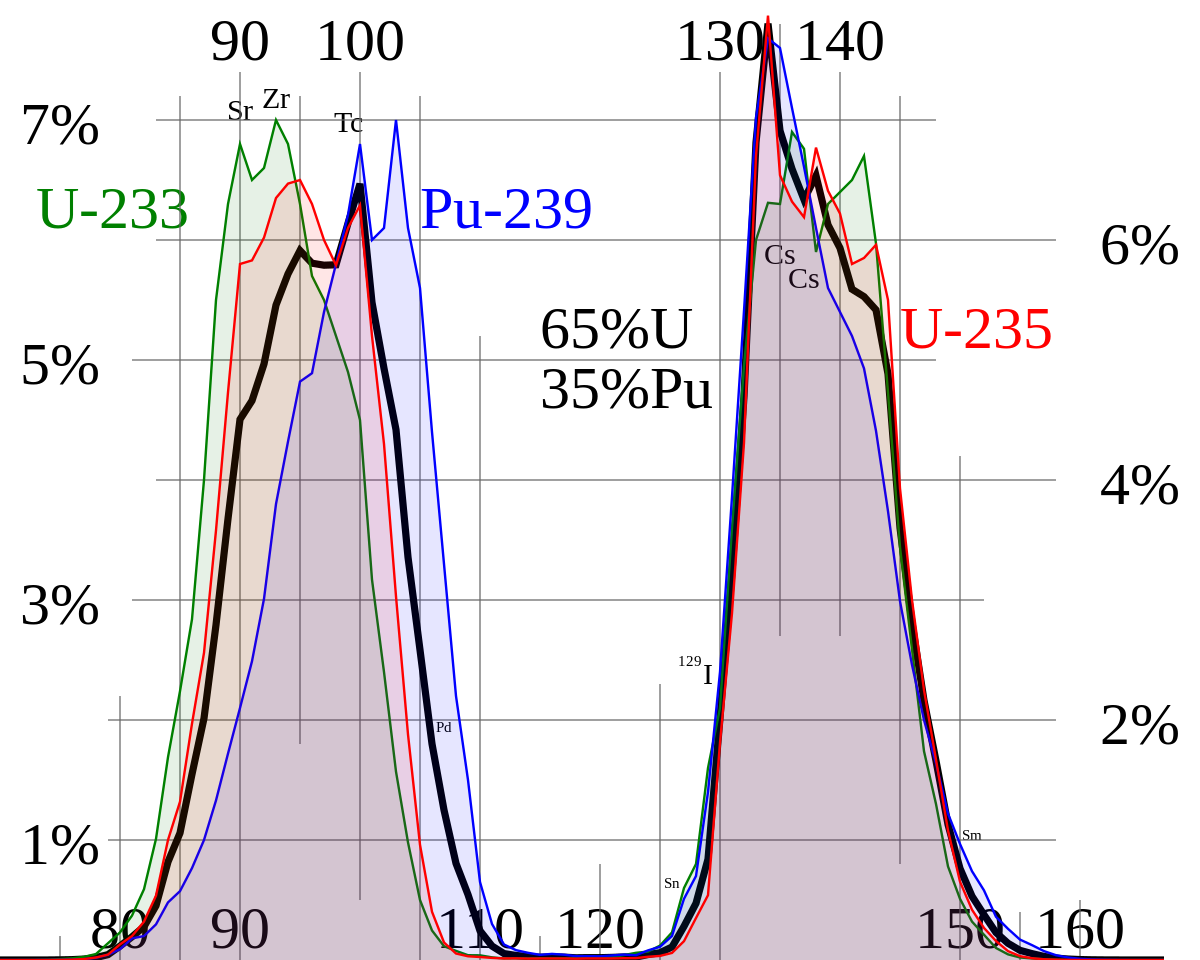




Fusion Neutronics
Nuclear Engineering
Dr Jonathan Shimwell
This work was funded by the RCUK Energy Programme
[Grant number EP/P012450/1]

Image by Volker Steger
Objectives
cross sections
Reaction rate
mean free path


Fusion cross section
- The DT reaction has a higher probability of occurring
- The DT reaction has a lower threshold temperature
- The DT reaction releases large amounts of energy 17.6MeV
What is fusion
- A fusion reaction is the joining of two smaller atoms to form heavier ones.
- A large amount of energy is released during this process .
Deuterium (D)
Tritium (T)
Helium 4
3.5MeV
1/5 of the energy
Neutron
14.1MeV
4/5 of the energy
Helium 5
17.6MeV
Energy emitted from nuclear reactions
- Calculation of fusion energy from binding energy
H3 + H2 = He4 + n
Binding energy before = 3 x 2.83 + 2 x 1.11
Binding energy after = 4 x 7.07
Difference in binding energy is 17.57 MeV
- Calculation of fission energy from mass difference
U235 + n= Ba145 + Kr87 + 4n
Mass before = 235.04393u + 1.00866u
Mass after = 144.92752u + 86.91335u + 4 x 1.00866u
Mass difference = 0.17708u = 164.95MeV
proton mass = 1.672623E-27 kg
neutron mass = 1.674929E-27 kg
1 atomic mass unit = 1.660540E-27 kg
binding_energy curve
plot of energy distribution (Muir) of neutron for different DD, DT and 150Kev, 20Kev
Typical fusion reactions
H2 + H2 = H3 + H1 Q=4MeV
H2 + H2 = He3 + n Q=3.3MeV
H2 + He3 = He4 + H1 Q=18.3MeV
N14 + H1 = O15 Q=7.35MeV
H2 + H1 = He3 Q=5.49MeV
C12 + H1 = N13 Q=12.86MeV
He3 + He3 = He4 + 2 H1 Q=1.95MeV
C13 + H1 = N14 Q=7.55MeV
H1 + H1 = H2 Q=0.42MeV
N15 + H1 = C12 + He4 Q=4.96MeV
H2 + H3 = He4 +n Q=17.6MeV


Maximum energy emitted from fission and fusion per gram
17.6 MeV emitted per DT fusion
Assuming every D reacts with a T.
1 gram of material.
~200MeV emitted per U235 fission
Assuming 100% U235 enrichment .
Assuming ever U235 fissions.
Ignoring decay heat.
1 gram of material.
Gravitation confinement
- The repulsive coulomb force is overcome by gravitational forces and tunneling
- Extremely large masses are required as gravity is a relatively weak force.

The CNO cycle

The Proton-Proton reaction

Breeder blankets
- To generate sufficient tritium fuel to sustain the reactor.
- To convert kinetic energy of the neutrons to thermal energy.
- To shield the exterior components from neutrons.

Fuel Cycle
Fuel Cycle
Fuel Cycle
Fuel Cycle
Key reactions in breeder blankets

Questions
Which isotope is depleted?
Why at the front?
What is the best isotope for the front?
Neutron moderation
- Neutron spectra at different depths in the blanket.
- Neutrons are moderated by the material and lose energy.
- Neutrons are also captured and produced by some reactions.
Fuel Cycle

Neutron spectra at different depths in the blanket.
Neutrons are moderated by the material and lose energy.
Neutrons are also captured by some reactions.
Selecting suitable materials
Fuel Cycle - tritium breeding
Fuel Cycle - neutron multiplication
Neutron interaction
Material 1
Material 2
Neutron birth
(n,n')
(n,f)
(n,n')
(γ,γ')
(n,nγ')
(n,pn')
(n,f)
(n,2n)
(n,α)
(n,γ)
Neutron
Electron
Gamma
Alpha
Proton
Radioactivity
Target
Nuclide
n,2n
n,g
n,p
n,pn
n,d
n,t
n,nd
n,a
n,He3
n,pd
n = neutron
g = gamma
t = tritium
p = proton
d = deuterium
He = helium
Common neutron induced reactions
Neutron number
Proton number
Irradiation
Time
Number of atoms

Shut down
- New isotopes build up during irradiation
-
Radioactive isotopes decay and will eventually reach a point where decay rate is equal to activation rate.
-
Decay is more noticeable once the plasma is shutdown.
- The activity is related to the irradiation time and the nuclide half life.
- The decay process emits gamma rays leading to dose.
- The dose is dependent on the activity, the energy of the gamma and biological response.
Radioactivity - activation
Radioactivity - fission products

Atomic number
Percentage of fission products
Radioactivity - fission products
EU Roadmap for fusion energy
- 3 main reactors (JET, ITER, DEMO) demonstrating large steps in understanding and performance.

Image source www.ccfe.ac.uk/mast_upgrade.aspx
- Many smaller reactors testing, validating and experimenting on different plasma physics regimes, component designs, materials and feeding into the design of larger ground breaking reactors
Lots of interesting physics to learn
Banana orbits
run away electrons


Stellarators
3D printing components

Neutral particle accelerators
Robotic maintainance
Plasma instabilities such as sausage, kink, balloon and elms


Further opportunists
Masters Degrees
PhD
Jobs
Fusion Energy Msc
The University of York
European Masters of Science in Nuclear Fusion and Engineering Physics
Organised by the European Commission
The physics and technology of nuclear reactors, MSc
University of Birmingham
Nuclear Energy, MPhil
University of Cambridge
Fusion Doctorial Training Network, PhD Organised by several universities and research organisations.
Doctoral Programme in nuclear fusion science and engineering
Organised by 18 European Universities
Nuclear First Doctorial Training Centre University of Manchester and University of Sheffield.
Summer placements, graduate recruitment and work experience at CCFE near Oxford
PhD open days hosted by UKAEA and CCFE with repreentatives from UK universities
Summer placements, graduate recruitment at Fusion 4 Energy in Barcelona
Summer placements, graduate recruitment at ITER in France
Fusenet the European fusion education network with funding oppertunities
Fusion Neutronics
By Jonathan Shimwell
Fusion Neutronics
Manchester University 2021
- 467



